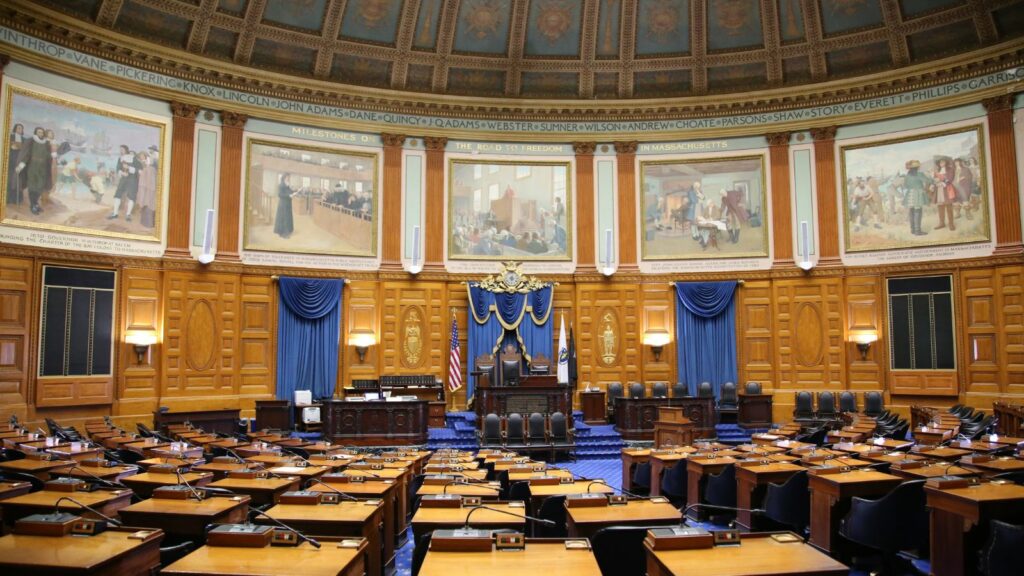Political forecasts are often treated as precise tools for predicting electoral outcomes, but relying too heavily on public opinion can lead to flawed assumptions and costly misjudgements. While public sentiment appears to offer insights into electoral trends, it is a far less stable or objective indicator than many believe. This article explores exactly how public opinion misleads forecasts and why bettors, analysts, and the politically engaged should tread carefully.
Polls Reflect Opinions, Not Certainties
Polling is the most common tool used to capture public opinion, but it is important to recognise that polls are snapshots in time, not forecasts. They measure sentiment at a given moment, usually based on a small, weighted sample of the population. Yet the public often interprets poll results as definitive indicators of future outcomes.
This misinterpretation becomes problematic when polls show narrow margins. A 2% lead in a poll with a 3% margin of error is statistically insignificant. Despite this, it is frequently reported as a meaningful lead. Such simplification gives the illusion of certainty, when in reality, the underlying data is often noisy, unstable and riddled with caveats.
The Problem of Representativeness

Polls aim to model a representative electorate, but that is an increasingly difficult task. With declining response rates and changing communication habits, such as mobile-only households and digital avoidance, it is harder than ever to reach a truly representative sample. Sampling error and non-response bias creep in, distorting what appears to be objective data.
Moreover, certain groups, such as younger voters, regional populations, or minority communities, are often underrepresented in traditional polling methods. If these undercounted groups turn out in force, public opinion as captured by polls can be dramatically off the mark.
Shifting Moods and Late Swings
Public opinion is not fixed. Voter preferences can shift significantly in the final days before an election, and often do. Late-breaking news stories, debates, scandals or economic developments can all prompt last-minute swings. Forecasts that rely heavily on early polling data may miss these late movements entirely.
One clear example is the 2019 Australian federal election, where public polling consistently pointed to an ALP win. However, many voters changed their preferences in the final week. Betting markets that had followed public opinion closely were caught off guard.
Herd Mentality and Media Amplification
Another way public opinion misleads is through herding. Once a candidate is perceived as leading, even marginally, media coverage can amplify that impression. This creates a self-reinforcing narrative. More coverage leads to more public awareness, which further boosts polling numbers, whether or not the support is deep or enduring.
Social media compounds this distortion. Viral content, memes, and echo chambers push emotionally charged narratives that may not reflect reality. The result? A skewed sense of inevitability that influences both public perception and market odds—a crucial insight for those evaluating what to consider when betting on politics.
Cutting Through the Noise
Public opinion can be insightful, but it is far from foolproof. Misinterpreting it as a deterministic forecast, rather than a volatile and often distorted signal, is one of the most common pitfalls in political prediction. Whether you are betting, analysing or simply following the race, recognising the limitations of public sentiment is essential for avoiding misleading conclusions. Strip away the noise, question the narrative, and you will uncover a clearer picture of the political landscape.

